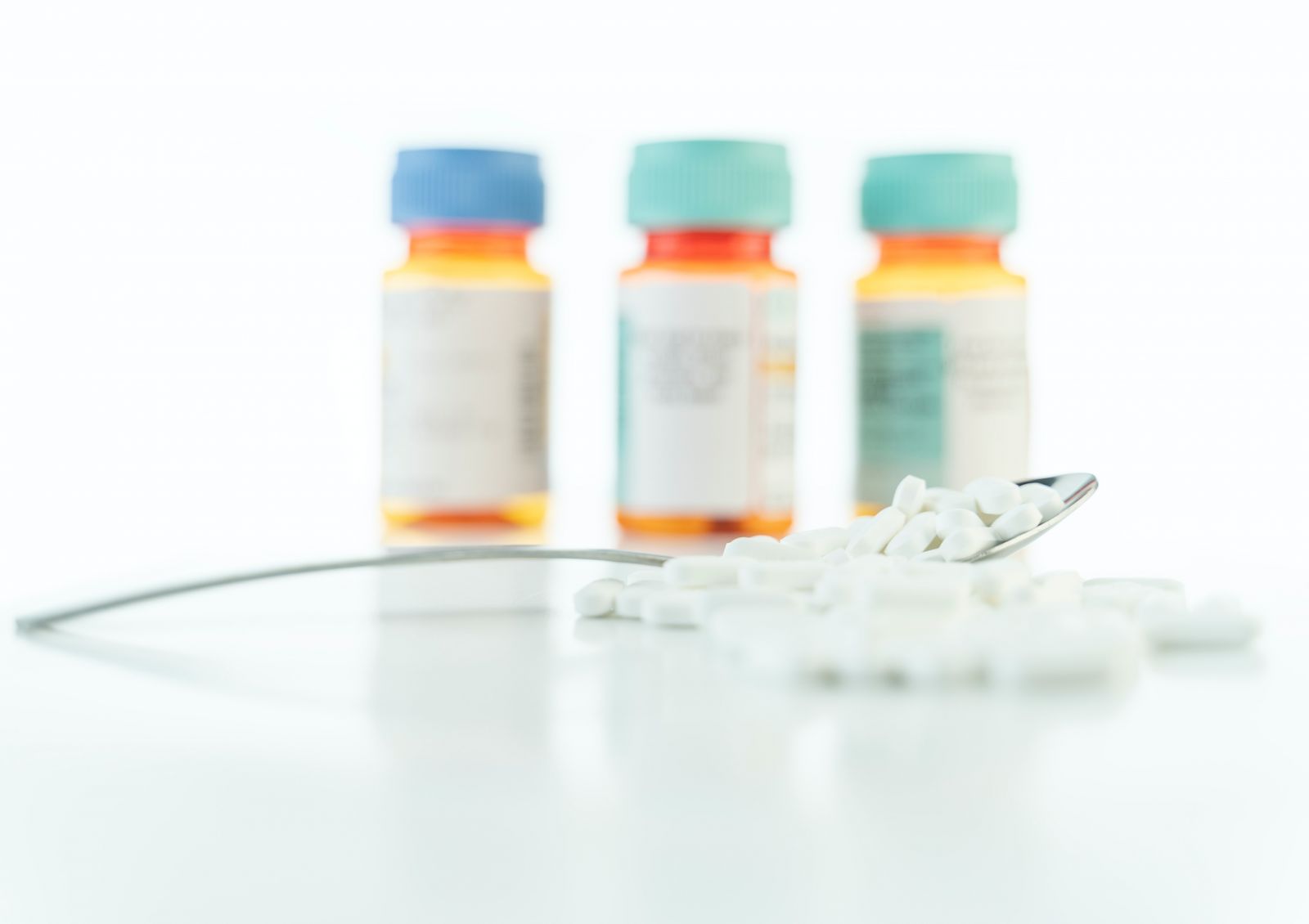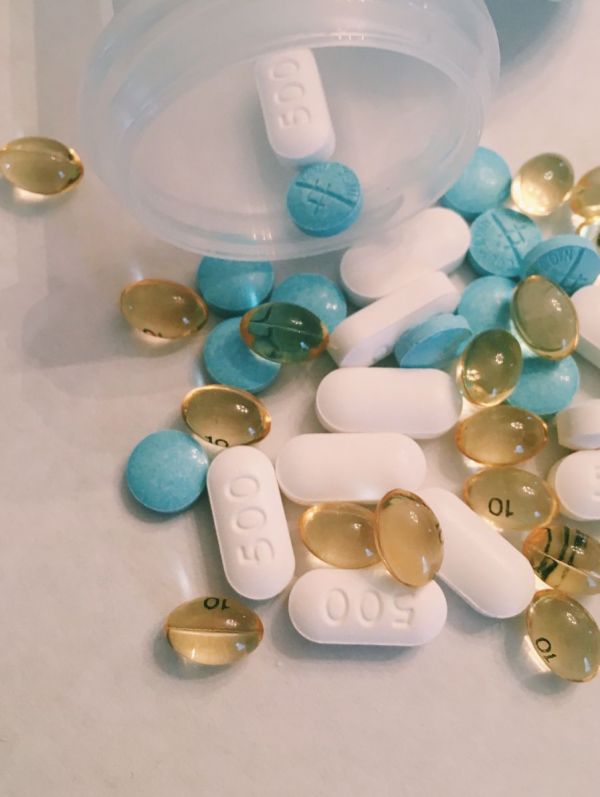Drug Overdose Deaths at a Record High in 2020
Drug Overdose Deaths at a Record High in 2020

The pandemic ravaging the American people may have an indirect influence on drug overdose
deaths. In 2018, statistics cited overdose deaths from prescription opioids falling below average for the first time in 25 years but those numbers began to ascend during the pandemic and are predicted to surpass former data.
In 2019, the CDC released census on 72,000 Americans who died from drug overdoses as a 5% increase from the previous year.
These deaths are greater than combined death totals from automobile accidents, firearms and
AIDS.
A consequence of this resurgence is the decrease in life expectancy predictions for residents of
the U.S.
The New York Times released information in July 2020, culled from state and local findings on substance abuse deaths rising to more than 13% from last year.
This data covers 40% of the U.S. population, and indicates this progression could surpass drug death statistics from 2016, the year fentanyl, a synthetic drug, was introduced to this country.
There has been nonstop increase in illegal drugs, especially methamphetamine, cocaine and
fentanyl
The Trump administration endeavored to decrease drug overdose deaths, contributing billions of dollars in grants to various states for expansion of drug treatments and, in 2017, introduced increased access to buprenorphine.
However, the White House has also fought to eliminate the Affordable Care Act, which expanded
Many states have increased efforts in preventing drug abuse and increased treatment options for drug users. Medicaid and included free substance abuse treatment to indigent populations.
Opioid prescriptions have been restricted and Medicaid programs have been instrumental in expanding access to needle exchange programs.
Since 2018, opioid antagonist Naloxone, has been introduced as part of a toolkit by first
responders and is available to drug users, as well.
Brett Giroir, White House Assistant Secretary on Health, states, “There is an extraordinary
amount of work to do, especially now as we are also dealing with the Covid-19 pandemic that
could markedly affect our nation's mental health and risk of substance use.”
Dr. Dan Ciccarone of University of California, San Francisco said it is probable that the Covid-19
and the public safety and health guidelines to ameliorate the disease could prove
counterproductive in the war on drug overdose deaths.
He pointed out that overdoses and related deaths were rising before the pandemic struck the
U.S. but believes conoravirus could exacerbate the number of substance abuse deaths.

Fentanyl Has Spread East to West
The drug fentanyl and other synthetic opioids appeared as an additive to heroin and proliferated
throughout in the East, but has been implicated in increasing overdose deaths in the West
states, notably California and Arizona.
In the West, heroin comes in a formation called black tar, a gummy element that is difficult to
combine with fentanyl.
The Drug Enforcement Administration (DEA) reports that fentanyl is sold as pseudo-opiod
painkillers, particularly oxycodone and has contributed to substance abuse deaths.
RTI International epidemiologist, Alex Kral states that a faction of the opioid addicts are using
fentanyl in addition to or to substitute for heroin.
Nationwide, there have been fewer heroin deaths recorded over the last two years.
Along with methamphetamine and cocaine, fentanyl deaths are also increasing in Black and
Latinx communities.
In the East, St. Louis and St. Louis County, Black men dying of drug abuse rose 17% and in
Philadelphia, it rose 14 % for the Black community and 24% in the Latinx population.
Methamphetamine Overdose Deaths are Surging
During the late 1990’s to early 2000’s, methamphetamine use was prevalent throughout the
U.S. and it was made from pseudoephedrine. An ingredient in cold and allergy medicines.
Today, the main ingredient is often fentanyl, and more powerful than earlier versions.
Imported from Mexico, the inclusion of fentanyl is often unknown by the user.
Research has not been confirmed whether this combination is more deadly than either drug
used alone.
Methamphetamine use has extended from the West to the East and, unfortunately, has no
antagonist for overdoses and no current treatment.
And Dr. Sarah Wakeman of Massachusetts General Hospital, reports that there has been a rise
in methamphetamine use among homeless opioid users who inject drugs.
Covid-19 Changes the Response to Drug Overdoses
Drug related deaths take months to confirm, so the most current, confirmed data on national
statistics is from 2019.
As previously stated by The Times, recent verification is from local officials and indicates drug
related deaths still rising.
Record Surge in U.S. Drug Overdose Deaths in 2020
Many states and counties across the U.S. record surges in overdose deaths in 2020: 12%
higher in New Jersey, 30% in Colorado, 35% in Los Angeles, 32% in Milwaukee, 20% in Harris
County, Texas.
This information was compiled before and in the early stages of the coronavirus pandemic and
public safety mandates.
Researchers believe Covid-19 may be a factor in the growing number of overdose deaths.
Stanford’s Addiction Medicine Dual Diagnosis clinician, Dr. Anna Lembke, observed that initial
state shelter-in-place orders elicited very positive responses from the clinic patients.
The chaos of regular life was replaced with a soothing calm.
As a response to the pandemic, the federal government lifted the strictures on prescribing
methadone and buprenorphine, treatments considered efficacious in opioid abuse.
Methadone clinics can dispense medication for 4 weeks at a time rather than require daily
in-patient visits.
Doctors can prescribe buprenorphine without seeing a patient in their office.
Counseling can conduct mental tele-health visits instead of in-person sessions.
The longer social isolation went on, from weeks to months, a change in patients’ attitude ensued
and those struggling with addiction also had to deal with the loneliness of social distancing.
Epidemiologist Traci Green of Brown University reveals that social isolation is a powerful factor
that increases the risk of drug overdose.
With decreased emotional support from fewer in-patient visits, the desolation of social
distancing from family and friends and prevalence of solitary drug use, the possibility for drug
overdose recovery is much less likely.
The pandemic’s effects on finances can influence drug use and overdose.
An addict experiencing a loss of income and loss of ability to buy drugs cannot support their
habit.
Tolerance levels drop and when an addict has access to drugs, may consume the usual dose,
risking an overdose.
There is still speculation on the cause-effect of the coronavirus.
Treatment center closures, reduced needle exchanges, less naloxone and the introduction of
harsher drugs into illegal drug supply have been part of the discussion on the pandemic effect
on drug use.
Are surging drug overdoses are on the rise because of the coronavirus?
DEA spokesman Patrick Trainor states, “Nobody has hard data yet; they just don’t.”
Calendar




